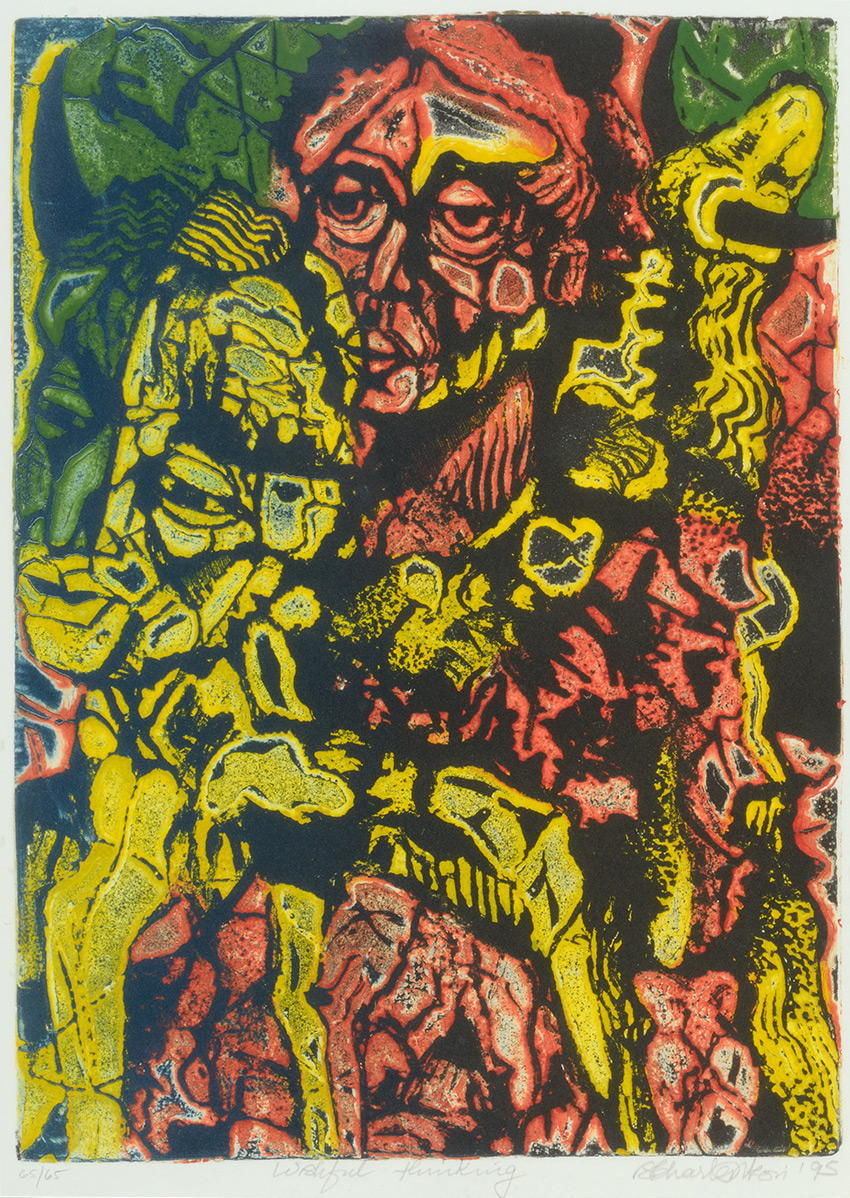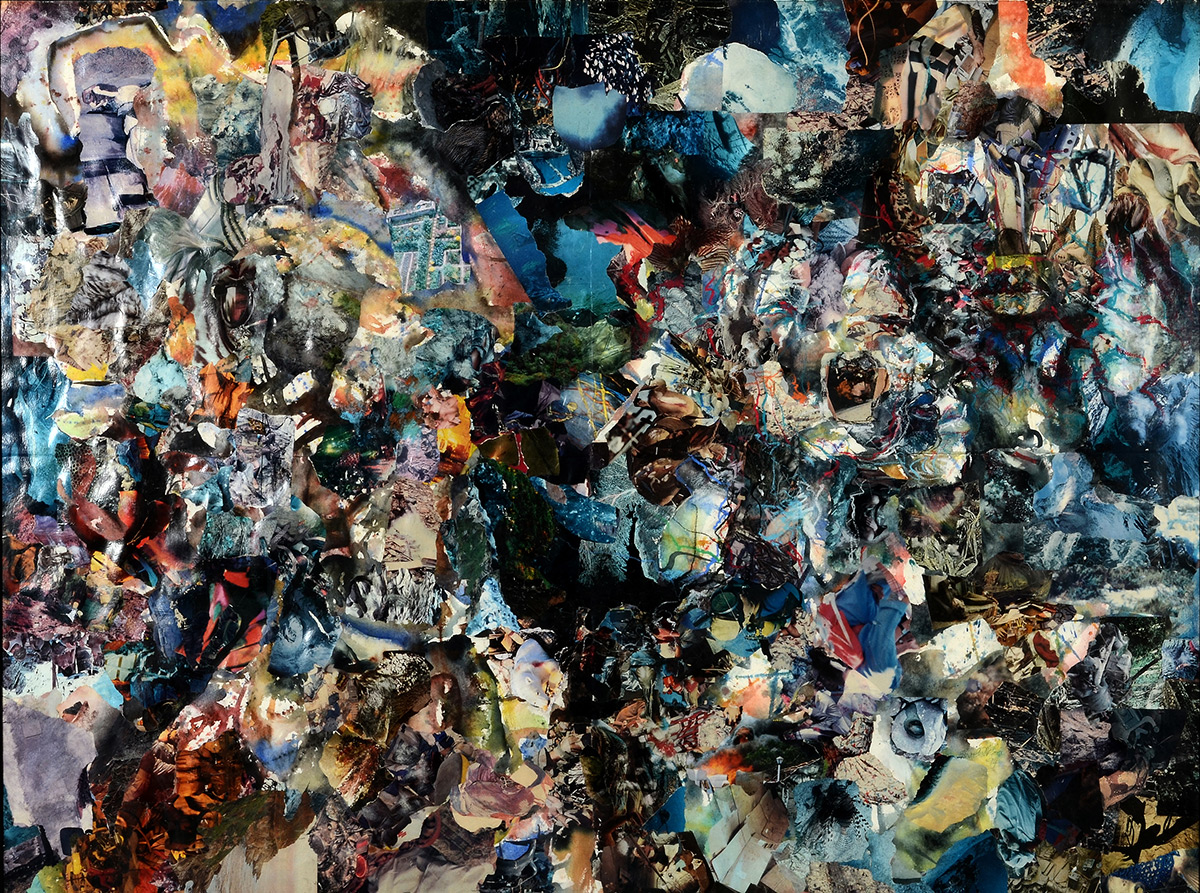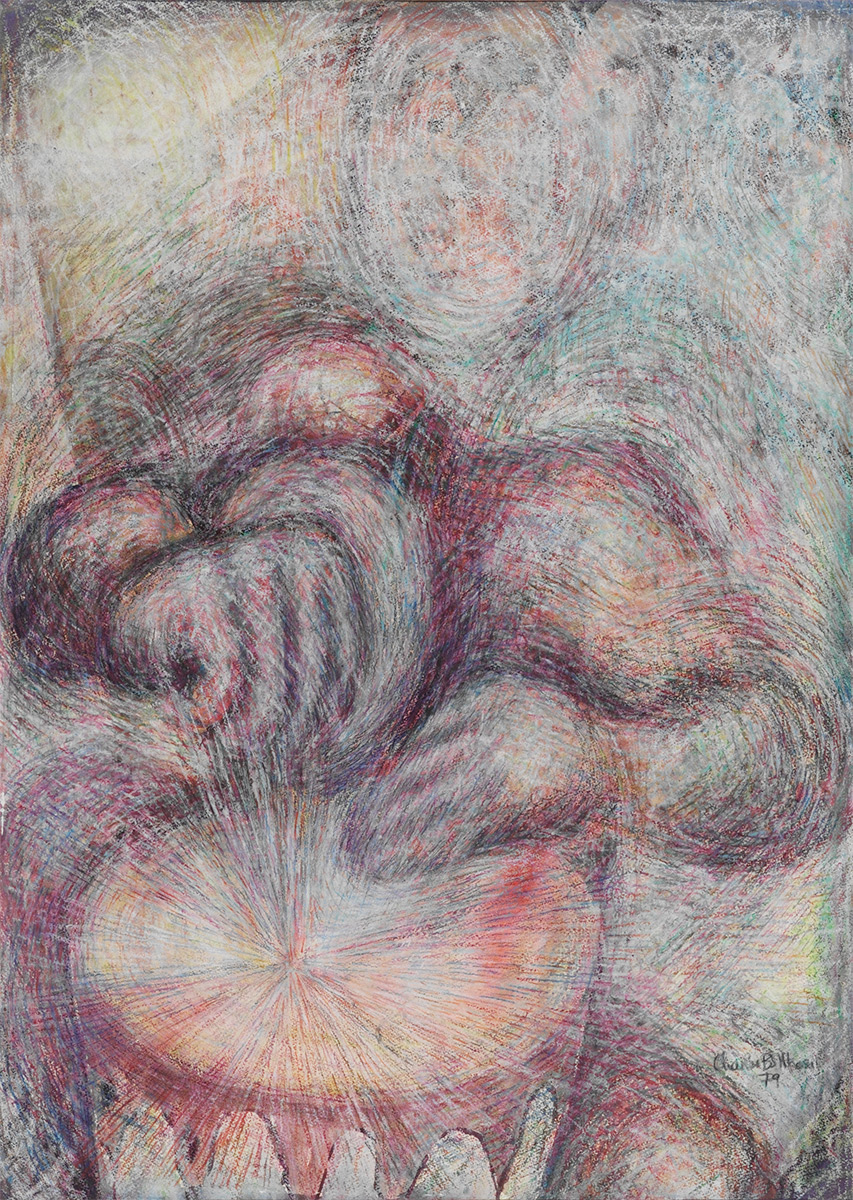Sokhaya Charles Nkosi (b. 1949)
BIOGRAPHY
Born in KwaMashu township, north of Durban, KwaZulu-Natal, Sokhaya Charles Nkosi began his art studies in 1974 at the Rorke’s Drift Art and Craft Centre, part of a large cohort of Black creative practitioners who graduated from this missionary school following their exclusion from South African universities during the apartheid era.
While many of his contemporaries were leaving the country, he chose to stay. From 1977 to 1980, he worked as a full-time artist at Mariannhill. He began with printmaking, specifically linocut prints. One of his most significant series from this period, Crucifixion (1976), resonates with protest art but more deeply denotes the agony of oppressed Black people.
From 1980 to 1981, Nkosi taught art at the Open School, Durban.
Between 1982 and 1986, he was employed as a graphic artist by the SABC.
Thereafter, he served as a senior tutor at the African Institute of Art at the FUNDA Centre (now Funda Community College) in Soweto.
‘The narrow reading of Nkosi’s work as an example of “township art” indicates the effects of such classification by white art historians in South Africa,’ writes Same Mdluli. ‘It results from the inadequate intellectual rigor in writing about artworks by Black artists that portray Black subjects in powerful ways. Nkosi’s repertoire challenges this approach in a number of ways, including his use of medium, terms of reference, and modes of artistic practice. … The work of Nkosi could be best described as “healing time scripts,” in that it is not only a record of time but also, more importantly, a depiction of a liberated era in Black expressive modes. Equally vivid is Nkosi’s encyclopedic memory of this profound moment, when Black South African artists were expressively inscribing their creative claim in time.’




